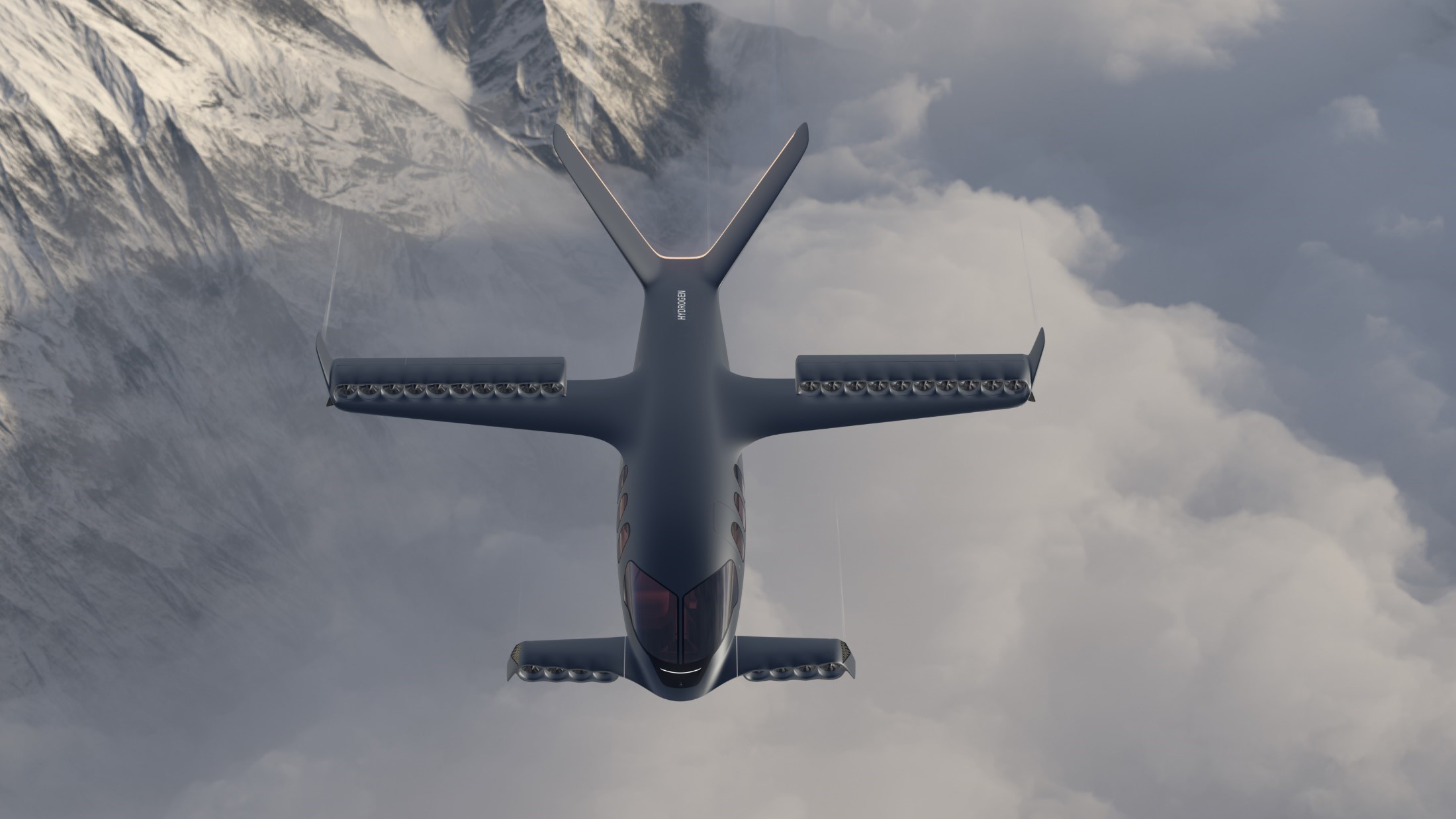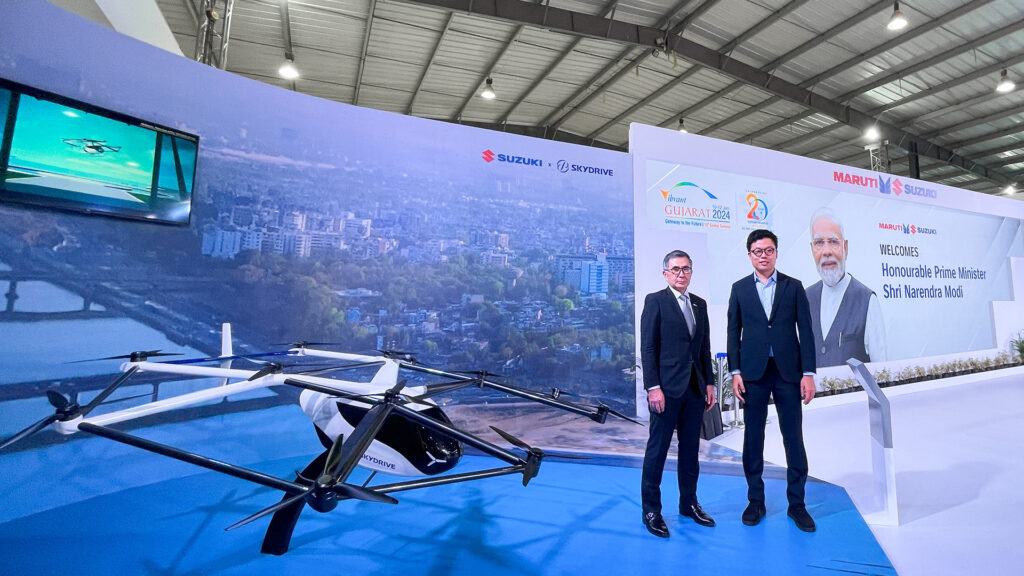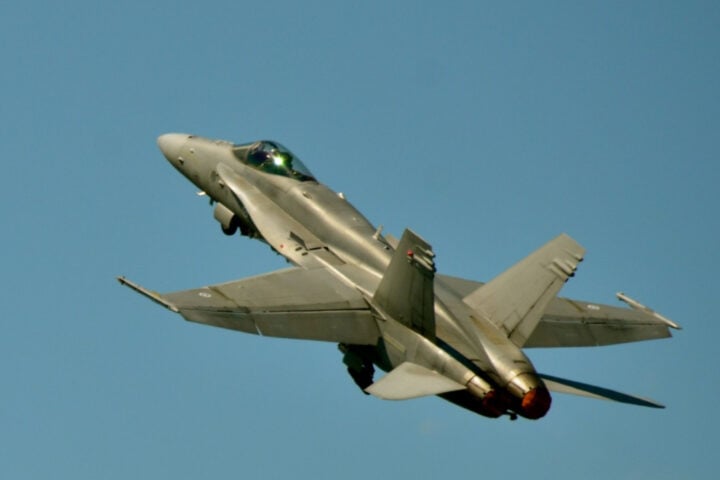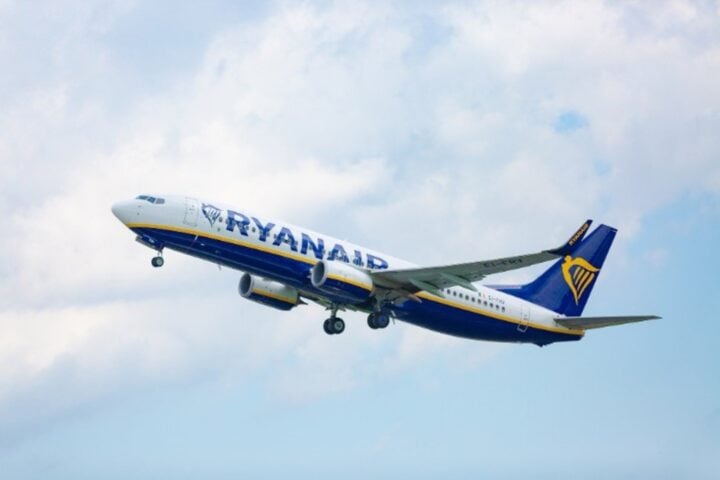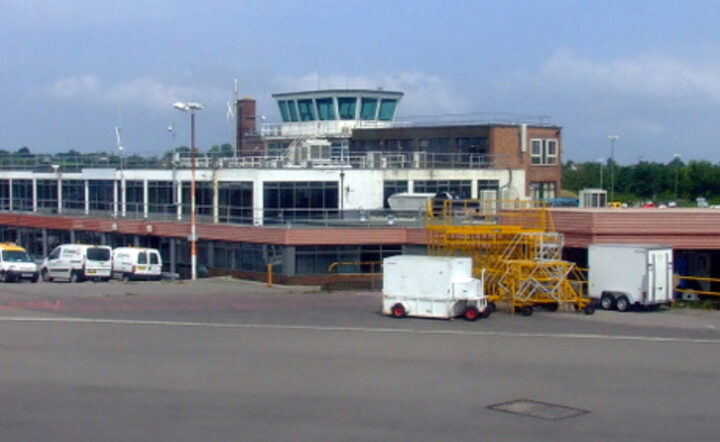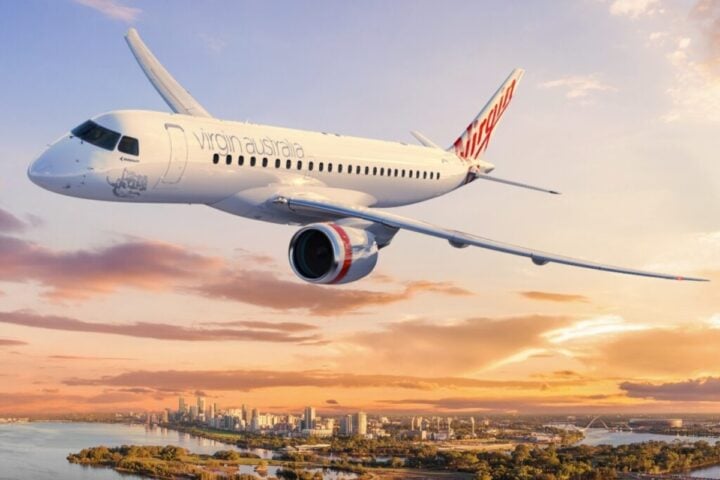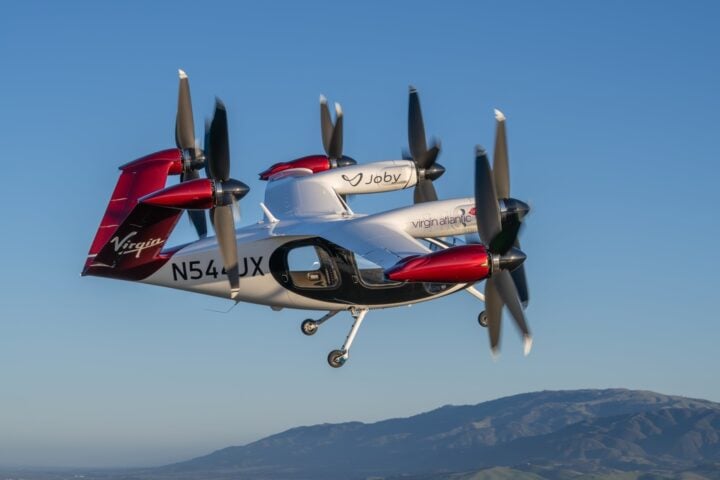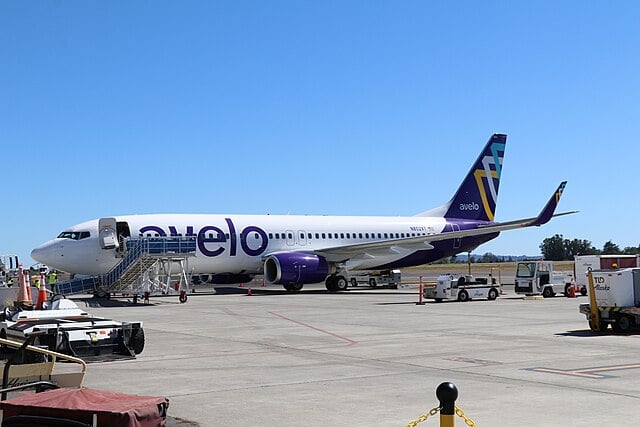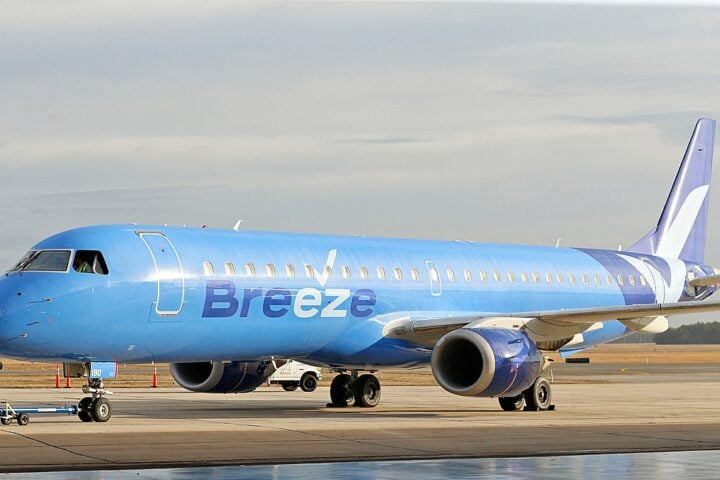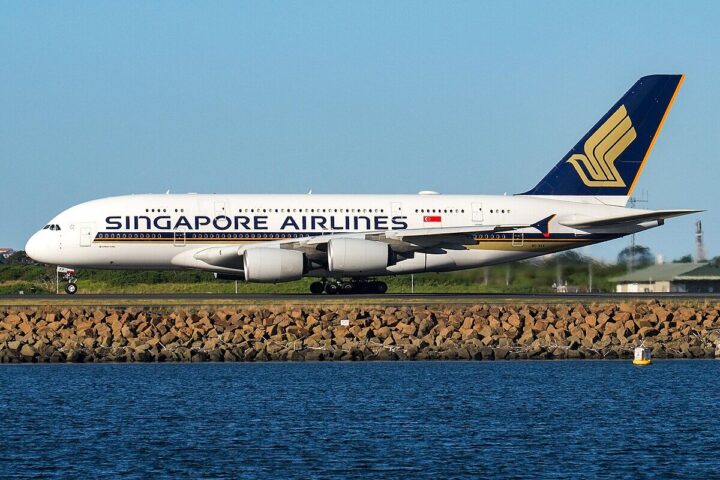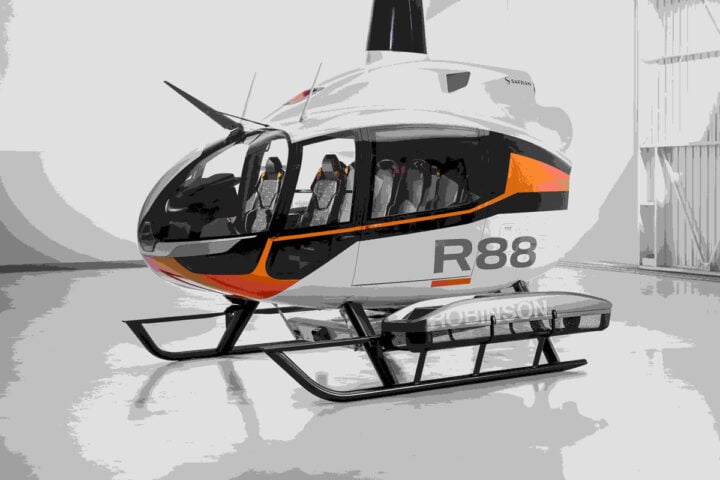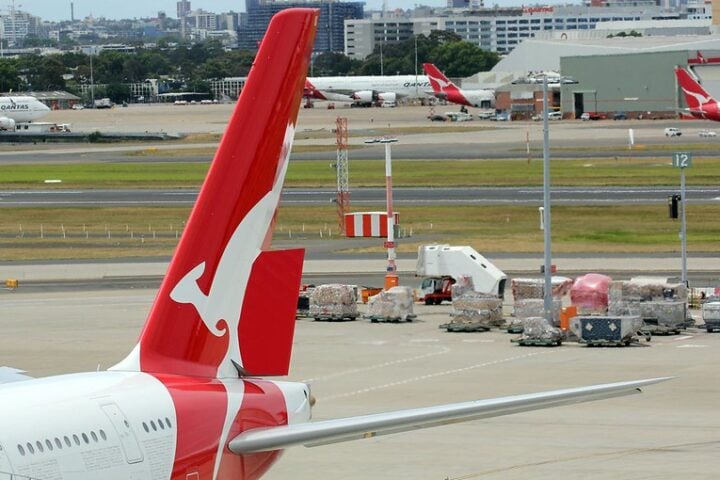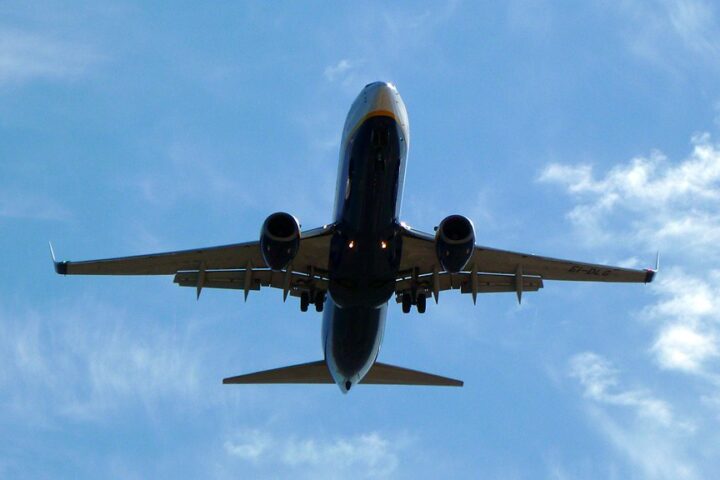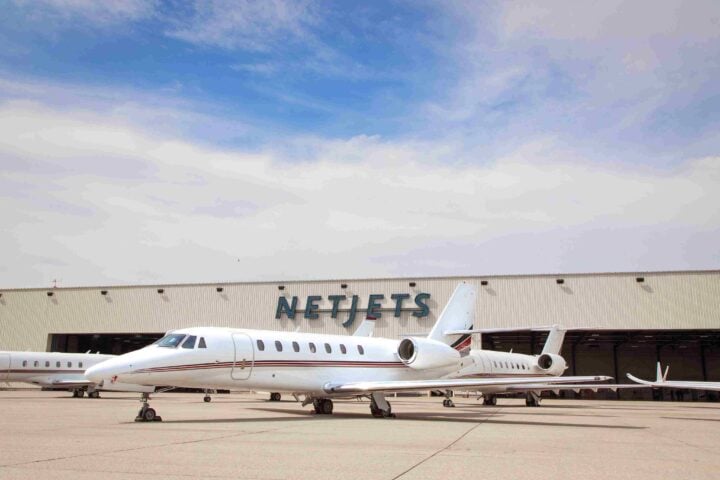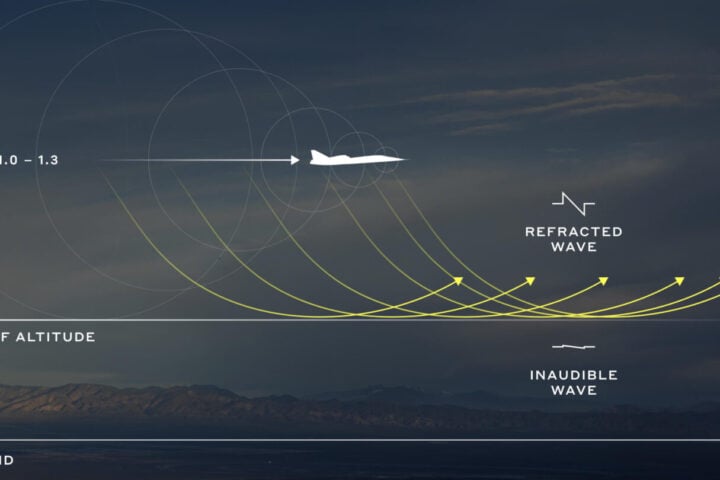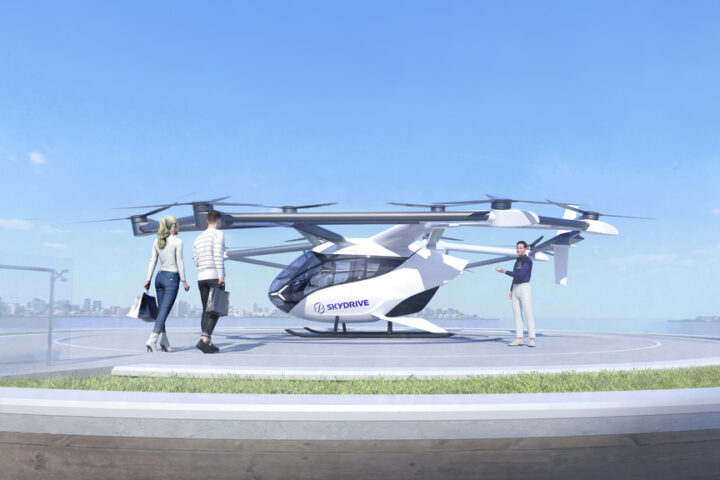Established in 2021, the Swiss firm Sirius Aviation AG has just presented the next milestone in sustainable aviation: the Sirius Jet, the world’s first vertical take-off and landing (VTOL) aircraft fueled by hydrogen. This approach to vtol-tech reflects Sirius Aviation AG’s vision, innovation, sustainability, and safety. It was developed in partnership with the Sauber Group and BMW’s Designworks.
The Sirius Jet is a zero-emission, high-performance vertical takeoff and landing aircraft that runs on hydrogen and electricity. It combines the adaptability of helicopters and airplanes with jet aerodynamics to achieve great altitudes, high speeds, and long flight distances while operating almost silently. The aircraft’s next-generation design, precise engineering, and state-of-the-art technology set a new benchmark for the industry.
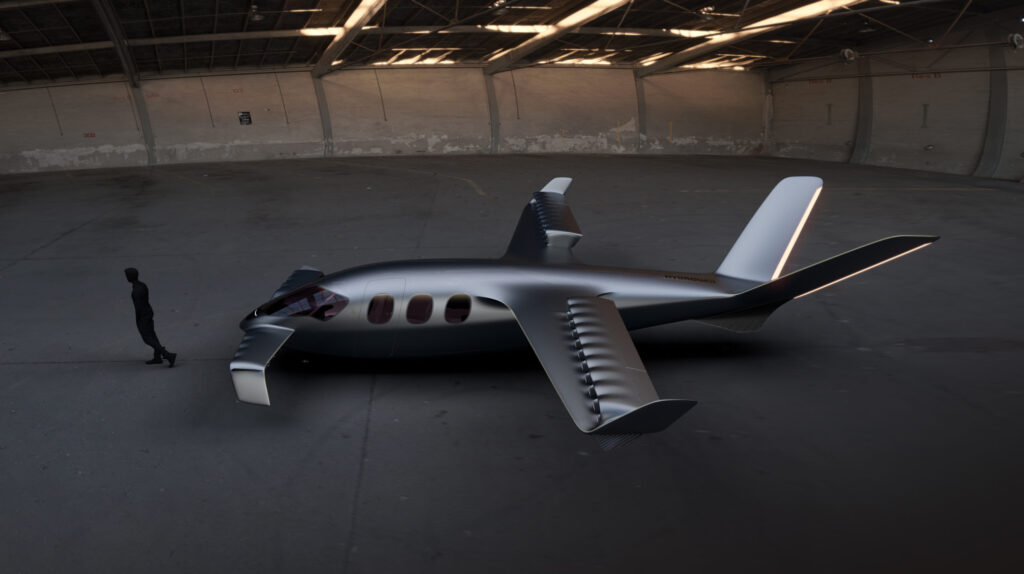
The Sirius Business Jet and the Sirius Millennium Jet are the two iterations of the Sirius Jet that are anticipated to fly in 2025. With a 1,150-mile range, a top speed of 323 mph, the ability to reach altitudes of 30,000 feet, ultra-quiet noise levels of 60dBa, and seating for three people, the Sirius Business Jet is intended for private flying. With a sound footprint of 60dBa, a 650-mile flying range, the same cruising speed, and altitude capability, as well as seating for up to five people, the Sirius Millennium Jet is designed specifically for commercial use.
Setting the standard for environmentally friendly, effective, and collaborative aviation, Sirius Aviation AG has partnered with renowned companies like as the ALD Group, the Sauber Group, the BMW Group’s DesignWorks, and Alfleth Engineering AG.
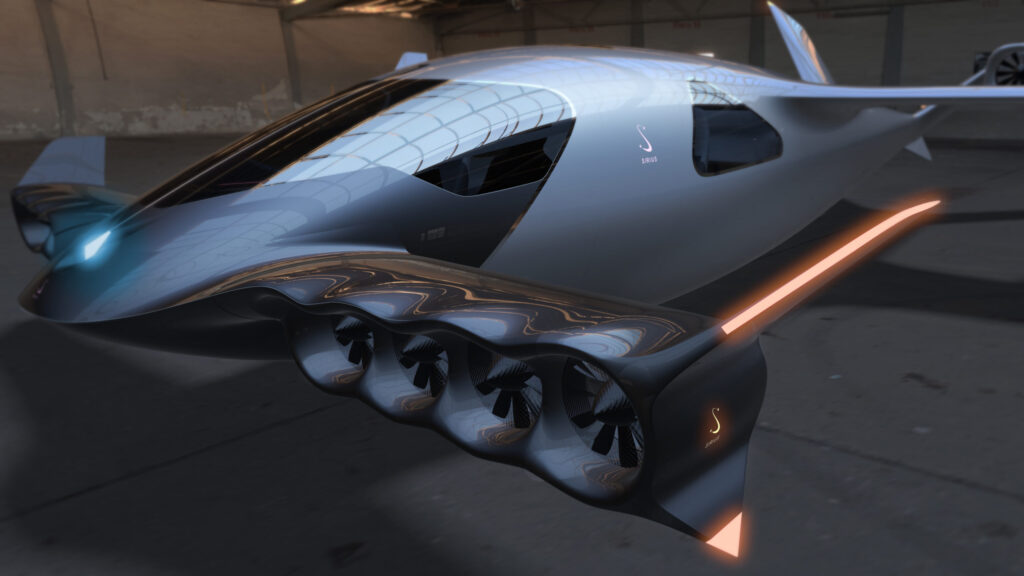
At a ceremony held at Payerne Airport in Switzerland on January 17, 2024, Sirius Aviation AG will introduce the Hydrogen-Electric Ducted Fan Propulsion System of the Sirius Jet and ignite it for the first time in public. Global leaders will be speaking at this event, which will also have a press conference.
Similar Posts
As a leader in the aerospace industry, Sirius Aviation AG employs a group of elite engineers committed to cost-effective operations, unmatched safety, and sustainable innovation. The launch of the Sirius Jet signifies a quantum leap for environmentally friendly flying and helps to reshape the world’s transportation sector.
The creation and launch of the Sirius Jet are in line with a larger movement in the aviation sector toward more economical and environmentally friendly air travel. Given the escalating environmental concerns and the aviation industry’s contribution to climate change, this action is essential. One important step in lowering air travel’s carbon impact is the use of hydrogen as a clean energy source in aircraft. Since hydrogen fuel cells, like the ones in the Sirius Jet, produce heat and water vapor as byproducts instead of carbon emissions, they present a possible replacement for conventional fossil fuels.
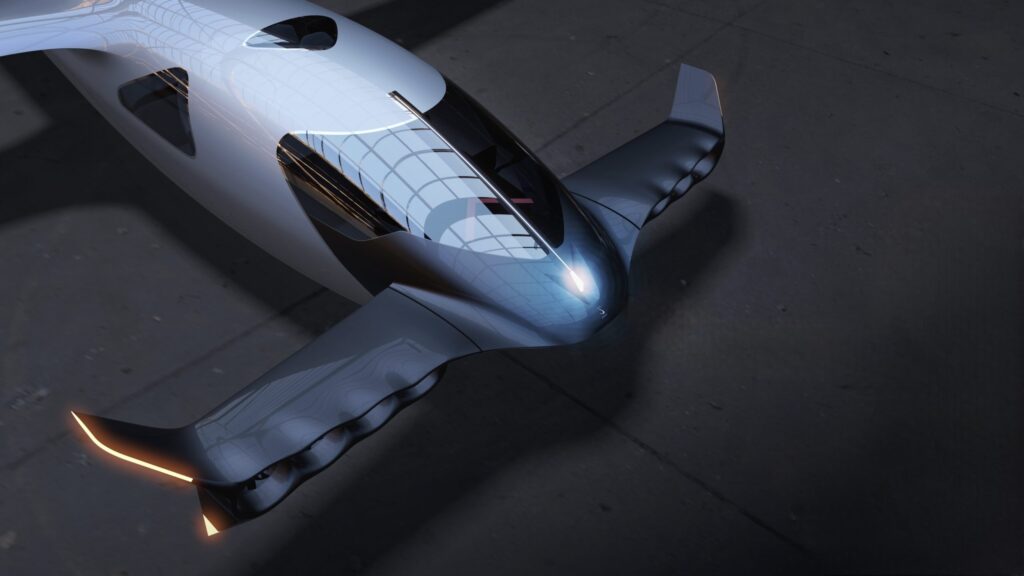
However, there are many obstacles in the way of commercializing hydrogen-powered aircraft. The technology continues to be at the forefront of aviation innovation, particularly with regard to liquid hydrogen. Handling liquid hydrogen presents safety and logistical issues because it needs to be stored at very low temperatures. Furthermore, the hydrogen aviation industry is still in its early stages, and large expenditures in infrastructure and technological advancement are required before hydrogen-powered aircraft become widely available.
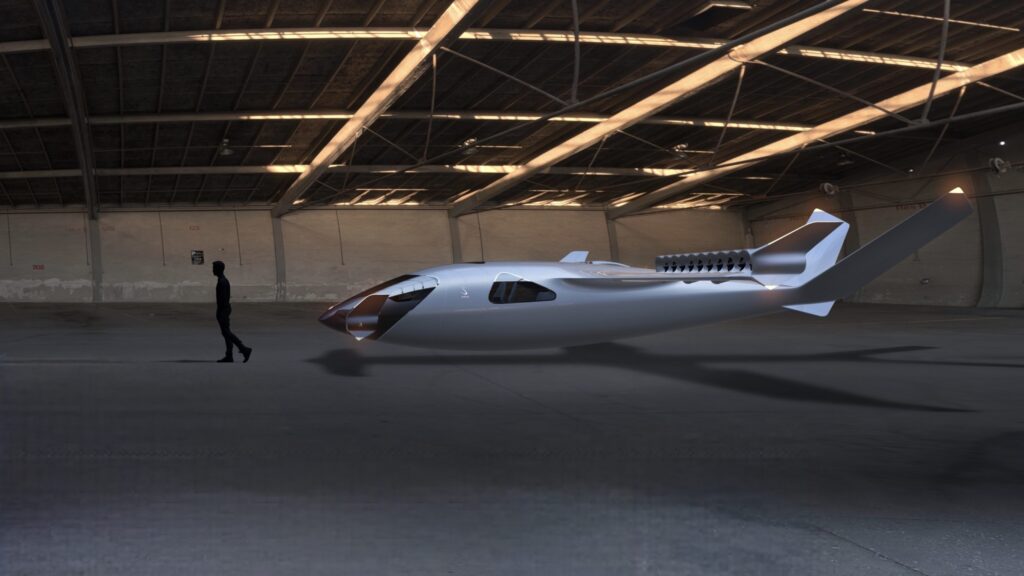
The aviation industry is currently investigating VTOL technology more and more, which coincides with the launch of the Sirius Jet. Due to their recognition of VTOL’s potential to transform air travel by offering more economical, flexible, and environmentally friendly options, major firms in the industry have expressed interest in the technology. Particularly in urban settings, the vertical takeoff and landing (VTOL) technology provides a number of benefits in terms of operational flexibility and efficiency.
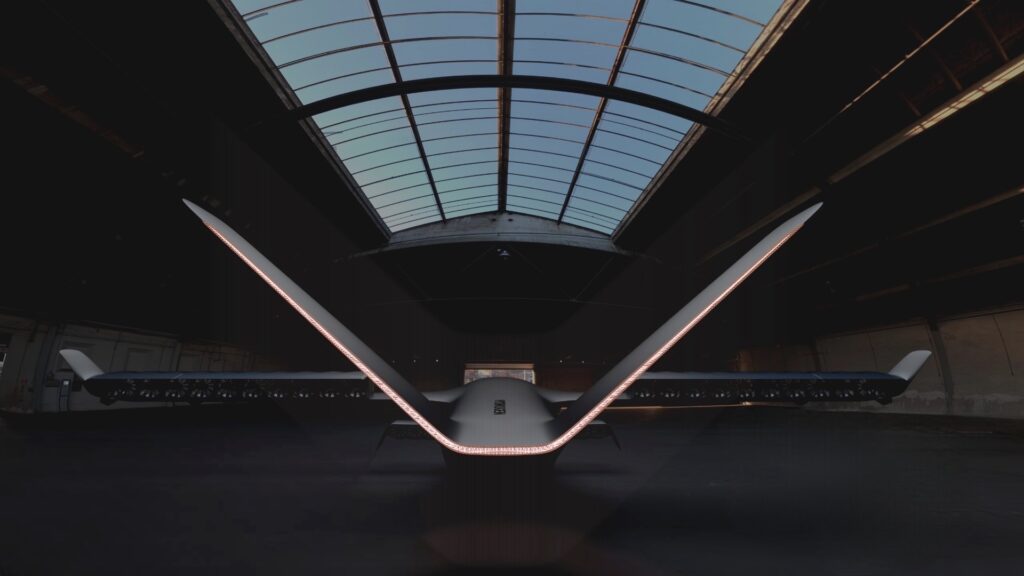
An important step has been taken in the direction of sustainable aviation with the introduction of the Sirius Jet by Sirius Aviation AG. This achievement not only demonstrates the potential of hydrogen as a clean energy source for aviation, but it also shows how the aviation industry is becoming more and more interested in and investing in VTOL technology. The commercialization of hydrogen-powered aircraft still faces obstacles, but the Sirius Jet is a significant advancement in mitigating the environmental effects of air travel and transforming the landscape of transportation in the future.
